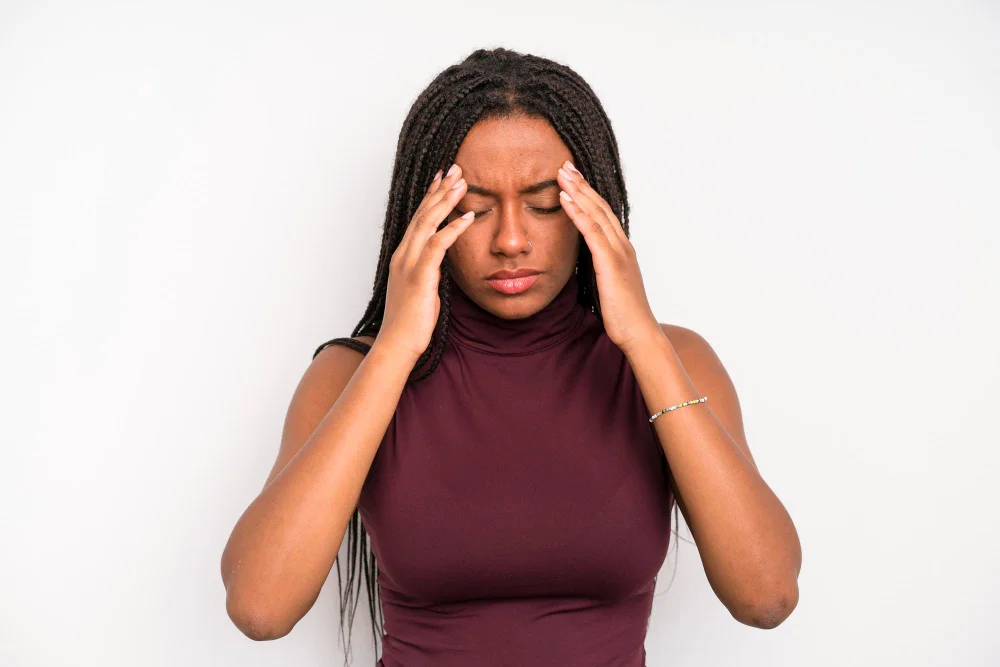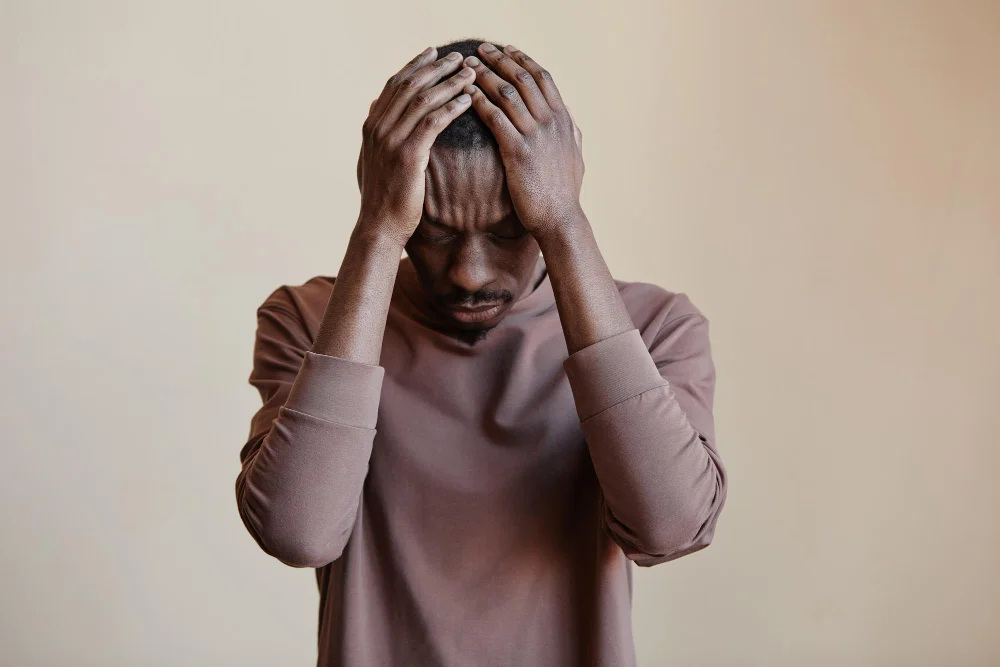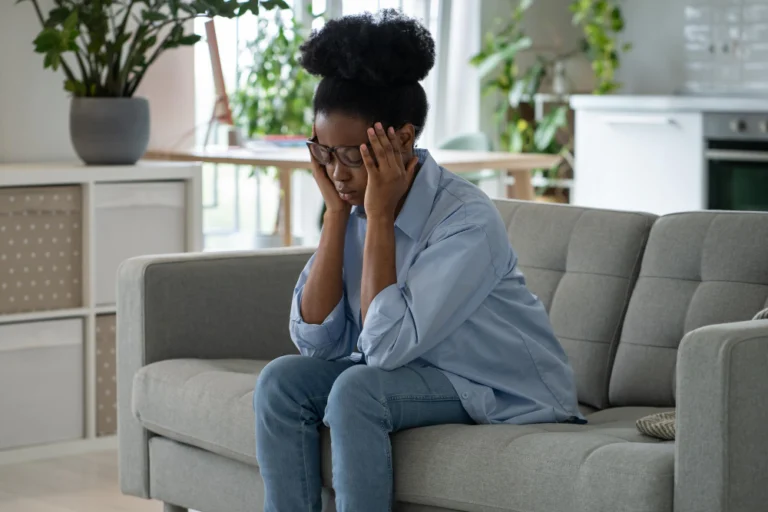The Link Between Depression and Creativity

At GloFusion, we recognize the complex yet profound relationship between depression and creativity. Many find that their creative processes are influenced by feelings of depression. This post delves into how the two are connected and how your creativity can help you manage and rise above depressive symptoms.
Page Contents
Understanding the Connection between depression and creativity
There’s a deep link between depression and creativity that shows us how our minds operate. Depression often leads us to become more introspective and reflective. This deeper thinking can spark creative ideas and expressions:
- Deep Reflection: Depression may encourage deep thinking, which can inspire new ideas and solutions.
- Emotional Depth: The intense emotions of depression can help produce art, music, or writing that deeply connects with others.
- Creative Expression: Using your creativity can be a way to cope, allowing you to express and handle your depressive feelings.
Recognizing this connection might help us see depression not just as a challenge but also as a source of creative inspiration.
Depression as Inspiration
The discomfort from depression can sometimes drive us to be more creative. This mix of emotions can lead to unique artwork or ideas that might not surface in calmer moments.
- Historical Inspiration: Many renowned artists and writers have channeled their depression into creating remarkable works, making us feel part of a larger, creative community that transforms emotions into something special.
- Motivation for Creativity: The intense emotions kept active by depression can spark new ideas or motivate us to start creative projects.
- Reframing Challenges: Viewing depression as a challenge, rather than just a problem, can add depth and complexity to our creative endeavors.
Seeing depression as a muse allows us to transform our toughest feelings into powerful ideas and creations.
Creative Activities as Depression Therapy
Creative pursuits can be both an escape from and a way to confront depression. They allow us to process and express difficult emotions, providing a path to deeper self-understanding and growth.
- Art as a Safe Haven: Creative activities create a safe space for emotional exploration, helping us express feelings freely and providing relief when words fall short.
- Writing for Healing: Writing, through journaling or poetry, offers a direct way to engage with our thoughts and emotions, aiding in self-reflection and the understanding of depressive triggers.
- Music for Mood Management: Playing or listening to music can greatly influence our mood and anxiety, serving as an emotional outlet and comfort source.
- Crafts as Therapy: Hands-on activities like knitting or gardening provide a tangible sense of achievement and a distraction from depressive thoughts. The repetitive nature of these crafts can also soothe and calm the mind.
Incorporating creative practices into everyday life can help people develop coping strategies that utilize the therapeutic power of creativity, turning depressive energy into a source of strength and inspiration.

Turning Depression into Art
The transformation of depression into art is a powerful alchemy, where the heavy weight of sadness is turned into golden threads of creativity. This process provides an outlet for expressing depression and reframes it as a resource for artistic inspiration.
- Personal Narratives: Sharing personal stories of depression through art can be cathartic for both the creator and the audience, fostering a sense of connection and understanding. Art that stems from personal experiences with depression can resonate deeply with others, breaking down feelings of isolation.
- Visualizing Depression: Visual arts like painting, drawing, or sculpture can capture the abstract and often indescribable nature of depression, giving it form and color. Experimenting with different mediums can help visually express the sensations and emotions associated with depression.
- Movement and Dance: Using the body as a canvas, dance and movement therapies can physically manifest depression, offering a unique method for exploration and expression. Movement allows for the physical release of depressive energy, channeling it into expressive routines.
- Photography as Reflection: Capturing images that evoke or relate to depression can help in acknowledging and understanding these feelings from a new perspective. Photography can serve as a tool for mindfulness, focusing on the present moment and finding beauty in the world around you.
Turning depression into art is not just about creating beautiful pieces; it’s about redefining the experience of depression itself. Through artistic expression, individuals can navigate their inner turmoil, finding peace and purpose in the process.
Managing the Balance
Mastering the balance between harnessing depression for creative purposes and preventing it from becoming overwhelming requires mindfulness, self-awareness, and proactive strategies. This delicate equilibrium allows individuals to use their depression as a source of inspiration while maintaining their mental health and well-being.
- Setting Boundaries: It’s crucial to recognize when to step back and take a break, understanding that constant engagement with depressive feelings can be draining. Establish clear boundaries between work and relaxation to ensure depression doesn’t infiltrate every aspect of life.
- Structured Creativity: Implementing a routine for creative work can help channel depressive energy productively, providing structure and predictability. Designate specific times for creative pursuits, allowing for a regular outlet for depressive energy.
- Mindfulness Practices: Integrating mindfulness and meditation into daily life can help manage depression levels, fostering a calmer state of mind conducive to creativity. Practice mindfulness exercises to stay present and reduce worrying about the past or future.
- Physical Wellness: Maintaining physical health through exercise, diet, and sleep is foundational to managing depression and supporting creative energy. Regular physical activity can alleviate symptoms of depression and boost mood.
- Seek Support: Engaging with a community of creatives who understand the challenges of balancing depression and creativity can provide invaluable support. Join online forums or local groups where experiences and strategies for managing depression and creativity are shared.
By acknowledging depression’s role in the creative process and actively managing its impact, individuals can harness its energy positively, leading to a fulfilling and sustainable creative life.
Embracing Your Creative Depression
Embracing your creative depression involves shifting your perspective to view this internal struggle not as an adversary but as a source of strength and inspiration. It involves acknowledging the energy and potential that depression brings to the creative process and learning to navigate it with grace and resilience.
- Cultivating a Positive Mindset: Change the narrative around depression, viewing it as a catalyst for creativity rather than an obstacle. Recognize and celebrate the unique perspectives and ideas that arise from depressive thoughts.
- Harnessing Depression as a Creative Force: Channel the energy and urgency of depression into your creative endeavors, using it to propel your projects forward. Use depressive moments as triggers for brainstorming sessions.
- Sharing Your Journey: Open up about your experiences with creative depression through your work or in conversations, helping to destigmatize depression and inspire others. Share your process and how depression influences your creativity.
- Self-Compassion and Patience: Treat yourself with kindness and understand that navigating creative depression is a journey, with ups and downs. Be patient with yourself during periods of high depression, recognizing that sometimes, taking a step back is part of the process.
In conclusion, the relationship between depression and creativity is deeply interconnected. By acknowledging and channeling your depressive energy into creative outlets, you can manage your depression better and unlock a wellspring of innovation and expression. So next time depression knocks, consider inviting it to the canvas, the keyboard, or whatever medium speaks to you, and let the transformation begin.
Let us cherish and nurture this deep connection, and open our hearts and minds to the infinite possibilities of love and harmony that it promises.
Depression is often viewed solely as a mental health issue, but at GloFusion, we recognize that it doesn’t just affect your mind


